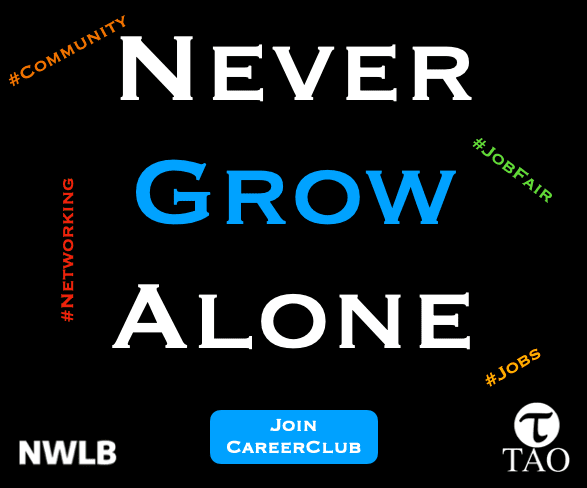In the fast-paced corridors of modern industry, the hum of productivity has become the defining score of economic success. Ambitious targets, tight deadlines, and a relentless pursuit on output have formed the backbone of corporate performance metrics. However, nestled within this clamorous quest for efficiency lies a paradox that enterprises grapple with, albeit silently – the overlooked power of mindfulness in cultivating the very productivity they so desire. This article seeks to shine a light on the intersection of mindfulness and workplace productivity, dissecting how a concept traditionally associated with serenity can bolster an environment driven by results.
The corporate world often perceives productivity as a straightforward equation: more hours plus more tasks equal more outcomes. Yet, this equation fails to account for the human variable, the cognitive engines that drive these results – the workers. Psychological studies and neuroscientific research have consistently underscored the benefits of mindfulness practices, from enhanced focus and improved cognitive flexibility to greater emotional regulation and creativity. These are not just garnishes to the main course of productivity; they are its essential ingredients.
In dissecting the resistance to mindfulness in the workplace, we encounter a cultural inertia. The dogged pursuit of traditional productivity metrics, combined with a certain skepticism towards practices perceived as esoteric, has hindered the widespread adoption of mental health and well-being initiatives. Moreover, corporate hierarchies and the fear of deviating from established norms contribute to the stigmatization of discussions around mental health. This is in stark contrast to the growing body of evidence illustrating the positive correlation between worker well-being and enhanced productivity.
It’s crucial to note that mindfulness is not antithetical to ambition or success. On the contrary, when companies like Google, Aetna, and Intel introduce mindfulness programs, they observe marked improvements. Reduced stress levels, lower attrition rates, and heightened innovation are among the myriad benefits these forerunners report. Case studies from such organizations offer a template for a more enlightened approach to achieving productivity – an approach where the well-being of employees is not a sacrifice at the altar of output, but a pathway to its realization.
As we continue to navigate the complexities of the 21st-century workplace, the integration of mindfulness into work protocols stands as a beacon of progress. It calls for a reevaluation of productivity paradigms, urging businesses to acknowledge that the mind, when cared for, is the most prolific generator of outcomes. To overlook this is to sideline a tool of immense potential; to embrace it is to step into a future where productivity and well-being are not at odds, but in synergy – a future that is not only possible but increasingly necessary.
In conclusion, the paradox of productivity may very well be one of perception and priority. By incorporating mindfulness into the workplace, companies can dismantle the false dichotomy that places outcomes and well-being on opposing ends. The true measure of productivity may then shift from quantity to quality, from mere output to the holistic success of both the company and its employees. This is the forgotten catalyst in the workplace, the silent force poised to redefine the nature of work itself in the pursuit of excellence.












